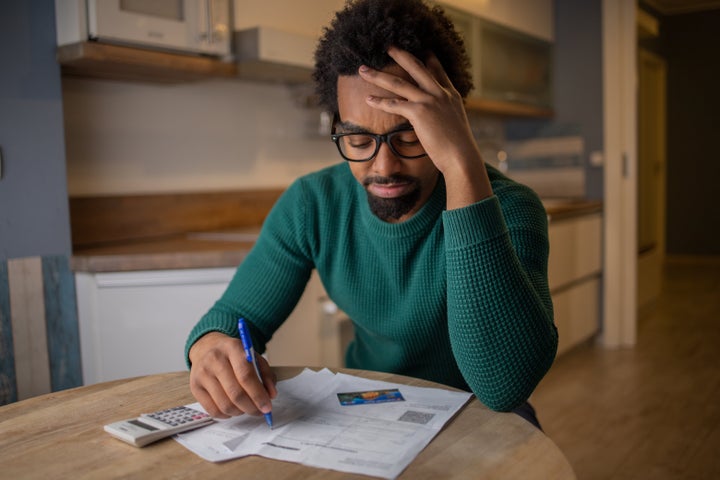
Inflation has been at a higher rate than anyone wants for months now – so how long must we wait until it finally reaches 2% again?
Here’s what you need to know.
What is inflation?
Inflation is the rate at which goods and services in the UK increase in price. It is usually compared to the price of the same product or service 12 months before.
The Bank of England watches over inflation and uses interest rates to try and make sure it stays at a target 2%.
Interest rates is effectively how much it costs to borrow money. The higher interest rates are, the less people want to spend, supposedly bringing inflation down.
The Bank wants to keep inflation at 2% because that’s high enough to encourage the economy to grow but low enough not to price people out of the cost of living.
What has happened to inflation in the UK?
Unfortunately, inflation started to climb in the middle of 2021, reaching a high of 11.1% in October last year.
When inflation rises, the cost of living rises, too. Energy bills and the cost of groceries in particular have soared in price, meaning people with lower incomes have had to reduce their standard of living.
The Bank has also just increased interest rates for the 14th time in a row to 5.25%, as inflation is proving particularly stubborn.
For context, interest rates were kept at below 1% between March 2009 and April 2022.
Now, even though interest rates have been taken up to levels last seen in the 2008 fiscal crash, inflation has only fallen to 7.9% – a long way off its target rate.
When will inflation fall?
A think tank called The National Institute for Economic and Social Research (Niesr) has warned that inflation won’t return to the Bank’s ideal rate until 2028 – and spending power of workers in parts of the UK will stay below pre-pandemic levels until the end of next year.
The UK’s GDP – gross domestic product, also known as the value of all goods and services produced – will only go back to 2019 levels in the latter half of 2024, according to the think tank.
The analysts suggested Brexit, Covid and Russia’s invasion of Ukraine had been a triply-whammy for our economy, creating a cost of living crisis by hitting British supplies.
However, the Bank has predicted that inflation will fall to around 5% by the end of this year – and then reach 2% target by early 2025.
What does high inflation actually mean?
This has widened the gap between the rich and the poor, according to Niesr.
For instance, real wages in London will be 7% higher by the end of 2024 compared to pre-pandemic levels, but in West Midlands they’ll be 5% lower when you take inflation into account.
Real disposable incomes in this group will be also most affected, according to Professor Adrian Pabst, deputy director for public policy at Niesr.
“For some of the poorest in society, coping with low or no real wage growth and persistent inflation has involved new debt to pay for permanently higher housing, energy and food costs,” he said.
Will we go into recession?
There’s no denying that raising interest rates increases the risk of recession (two consecutive quarters of negative growth in the economy).
The UK has – so far – narrowly dodged a technical recession after having periods of no growth rather than negative growth.
However, the think tank predicted that the UK had a “60% risk” of falling into one by the end of 2024.
Jagit Chadha, Niesr director, said: “Inflation, political churn, global economic slowdown, oil shocks, strikes – there are a lot of nouns there that are resonant with the 1970s.
“The British economy does not look like it is going to materially go beyond the pre-Covid peak in activity over the forecast horizon [to 2027].”
